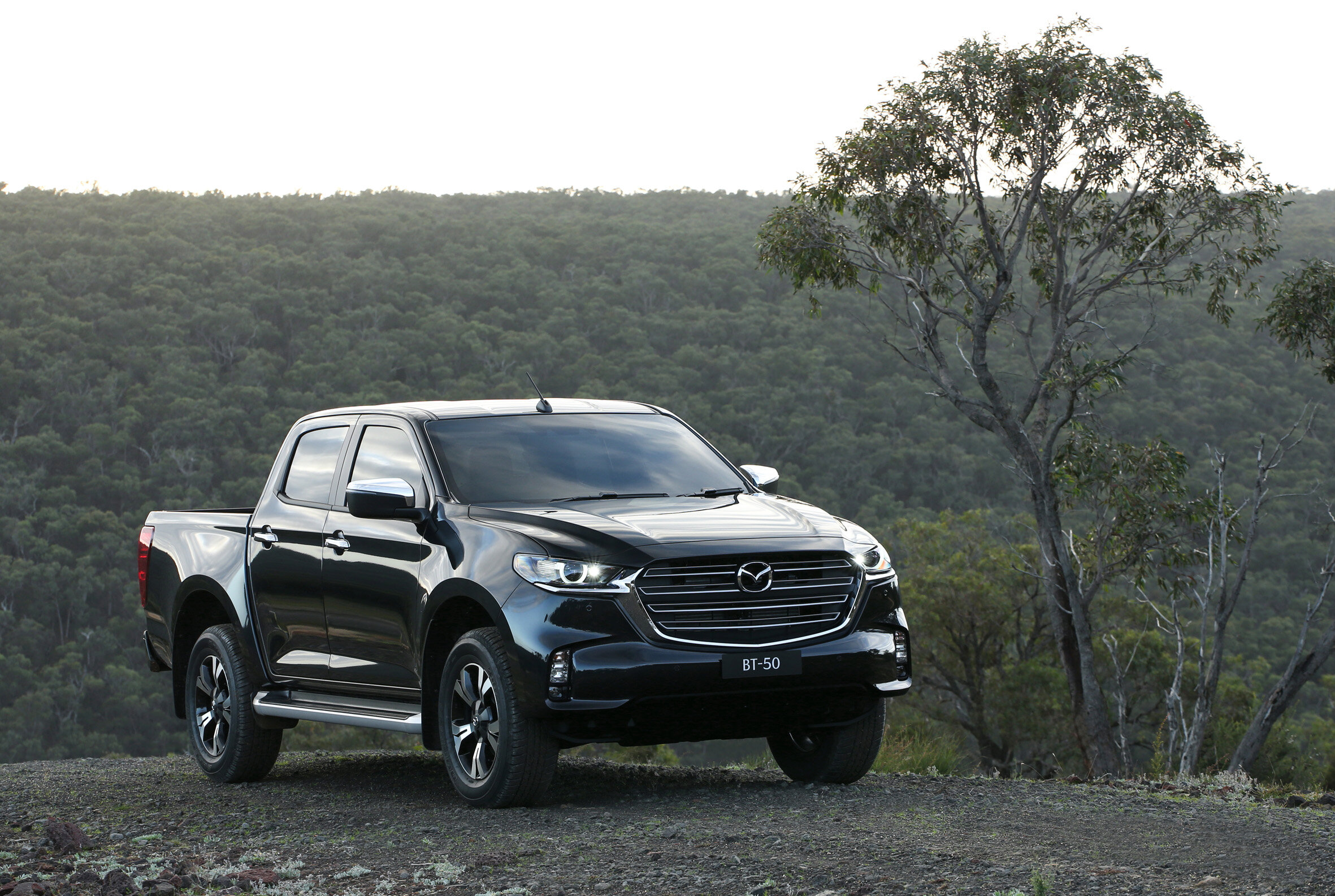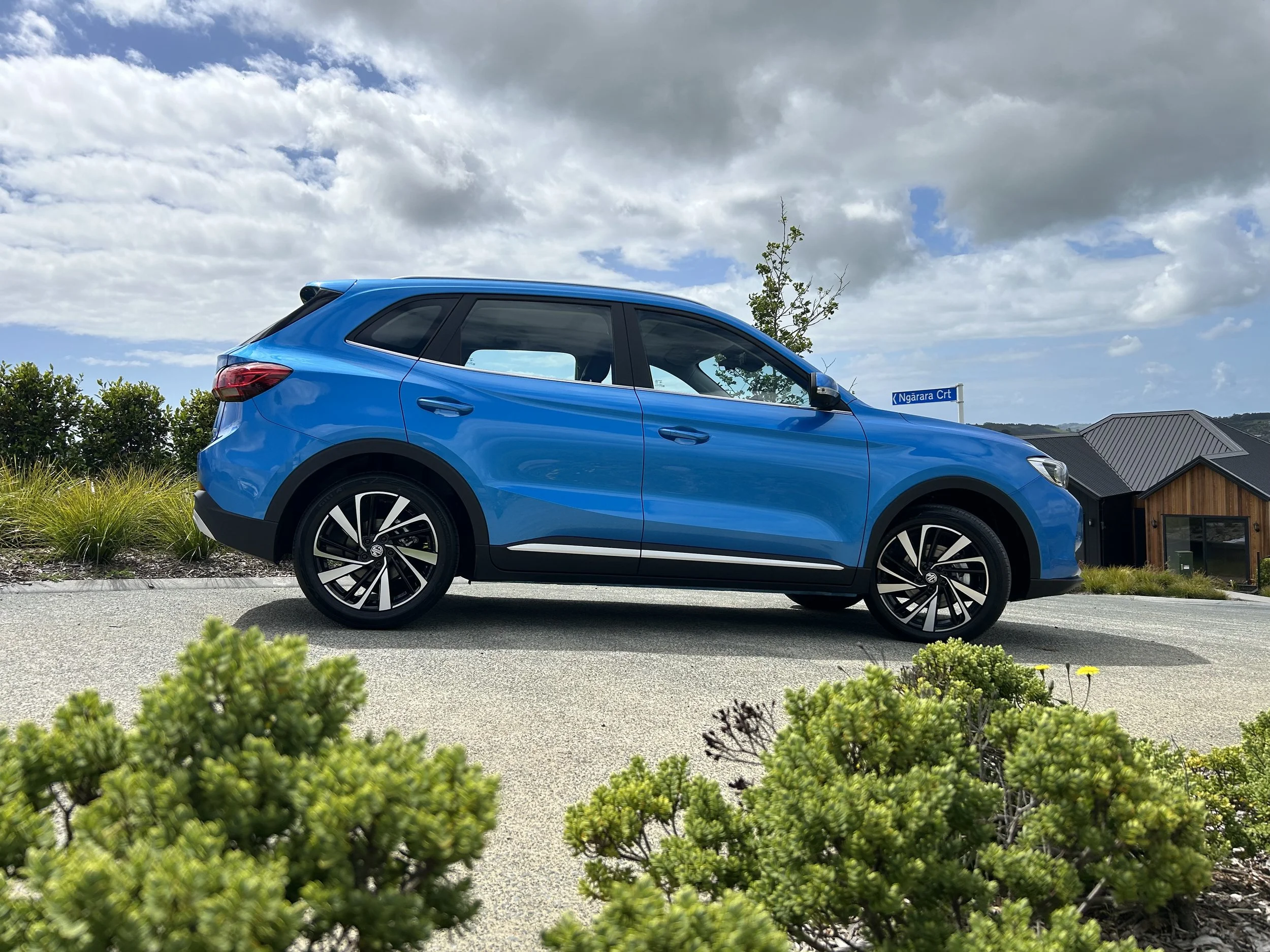TWINS under the skin – but the Mazda BT-50 and Isuzu D-Max have proven somewhat less closely related when it comes to price, particularly at sales hot zone flagship level, where a $14,500 difference exists.
Focused purely on double cab automatics wellsides, Mazda’s mix comprises three rear-drives and three four-wheel-drives, formatting in GSX, GTX and Limited, the rear-drives respectively at $47,490 GSX, $51,490 and $53,990 and the four-wheel-drive versions adding an additional $7000.
So, three trim levels versus Isuzu’s four, no single or space cabs as in the partner’s mix and, so, fewer choices.
The line isn’t adverse to work, yet aims at a lifestyle-valuing customer chasing a reasonable passenger experience. It’s all about lifestyle balance, suggests product spokesman Tim Nalden.
“It’s rugged, it gets the job done … but it also offers new versatility outside of nine to five.”
On current trend, pure toilers aren’t requisite for volume expansion. Diesel utes achieve one in four new vehicle sales nationally, double cabs snare 94 percent of that volume and, within that, automatic uptake is high (86 percent). Three in every five utes sold in NZ are diesel, double cab and four-wheel-drive. So, what Mazda has now tailors very well to consumer taste.
And that’s where it gets interesting. Like its sister ship, BT-50 installs a remarkably high tech loading, particularly in respect to safety and driver assist. Like Isuzu, Mazda has felt need to raise its prices to account for this, yet at showroom level, the outcomes are quite different.
All weighing in Mazda’s favour? In scenarios of best specification equivalency with Isuzu’s models, the Mazdas seem to have price advantage.
That is most apparent when flagships are compared. Whereas Isuzu asks $75,490 for the high-tech and glam D-Max X-Terrain, Mazda NZ’s equivalent, the Limited, is a $60,990 vehicle.
The top choice models’ specifications are not identical; X-Terrain standardises with roof rails, fender flares, a rollout tonneau cover, rub liner and aero sports bar Mazda buyers will have to pluck from the accessories catalogue. Even after doing so, the BT-50 buyer is likely spending comfortably less.
The BT-50 enjoys keyless entry and start, a feature only on X-Terrain, in mid as well as high-grade trim; both flagships have part-leather seats but Mazda adds seat heating; the BT-50 is sold with a spare alloy wheel, where the D-Max ships with a steel spare and Mazda is confident it has an appealing warranty and servicing package, both five years and up to 150,000km (any service capped at $250), and five years roadside assist.
On top of that, both stand equally tall due to their maker (Isuzu) having gone to town on active and passive safety equipment in an attempt to establish technology and safety benchmarks.
Buy into either range and regardless of the variant you get eight airbags (including a segment-first “far side” restraint to separate driver and front passenger in a side collision), autonomous emergency braking, stop/go adaptive cruise, blind spot detection, lane departure warning/assist, forward collision avoidance, drive attention warning, automatic high-beam lights, rain-sensing wipers and a reversing camera.
The D-Max and BT-50 are the only two utes tested under the very latest ANCAP protocols; both achieved the maximum five score and, though other rivals have this too, their returns were achieved when the test was less stringent. The Isuzu just beat the Mazda on the Vulnerable Road User score (69 per cent versus 67), so it’s officially the safest one-tonne ute on the market right now.
Mazda’s pricing strategy is also bullish when compared for those for the Toyota Hilux and Ford Ranger, which are the dominant two choices with ute buyers, again resonating in the same formats Mazda brings, as well as the Mitsubishi Triton.
When comparison restricts to the top spec offers, the Limited undercuts the Ranger Wildtrak – and incoming $69,990 FX4 - but places $2000 above Hilux SR5 Cruiser, though Mazda’s spec is stronger, closer overall to Ford’s highest trim provisions and, in some instances, exceeding them.
However, the situation that exists with the BT-50 and D-Max is arguably most interesting, given that they are essentially one and the same under different skins. Identical chassis, drivetrain, closely linked for bulk interior architecture and are built in the same factory line, on a common line (which has closed until February due to Covid concerns).
It is not clear if suspension tuning is different between brands, but both offer same base level of performance of 140kW/450Nm from the 3.0-litre turbo-diesel four-cylinder engine. Quoted fuel consumption is the same for both, with an 8.0L/100km combined claim for the shared auto transmissions; so, around 20 percent more efficient than the preceding BT-50’s five-cylinder.
Both utes have a maximum braked towing capacity of 3500kg – pretty standard for a 4x4 double-cab ute – and both have payloads of 1050 to 1080kg.
Off-road wise, they share approach, departure and ramp-over angles of 30.5, 24.2 and 23.8 degrees, respectively and each is able to wade in depths up to 800mm.
Look inside either and the cabins are very well equipped. Each receives a 9.0-inch infotainment screen which runs wireless Apple CarPlay and Android Auto on top-spec models. A smaller digital read-out within the instrument cluster to provide key vehicle information. Entry-level variants in each range equip a 7.0-inch infotainment screen.
Dual-zone climate control, rear air vents, leather-appointed seats and keyless entry are other hallmarks in the higher-end models.
Fair to summarise that both new models are far advanced than their predecessors; all those extras unavoidably have to add to the bottom line. The old D-Max at full retail was positioned between $39,890 and $61,990, but an aggressive clearance over the last few months has delivered those editions for substantially reduced stickers. The previous BT-50, which will continue in some forms for months yet, was generally around $8000 less now.
The utes share few exterior panels because Mazda’s styling team has again worked to engender a tie to its car line; much more successfully than with the previous generation, which suffered from over-ambitious creativity and poor timing.
Within 18 months of the last ute coming out, Mazda adopted a new styling ethos called Kodo which it still adheres to 10 years on. The old ute was right out of step; the new one not at all.



















































































































